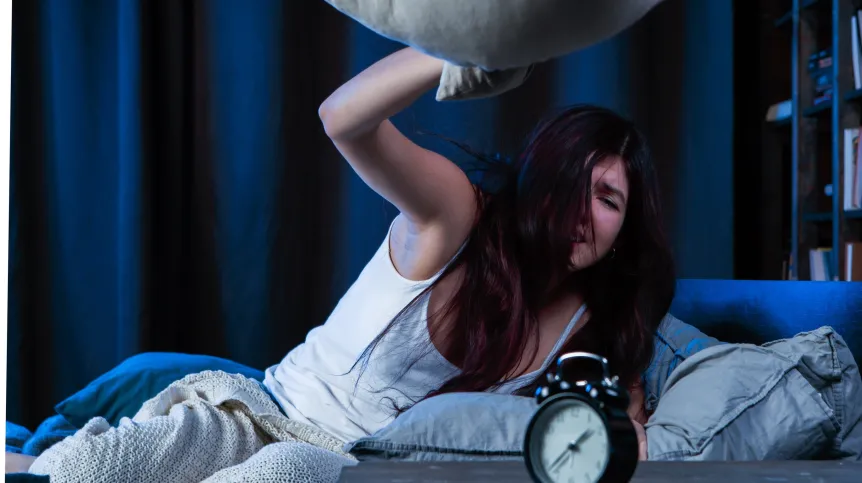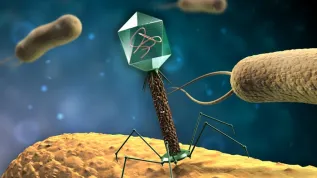
Non-invasive stimulation of the longest of the cranial nerves - the vagal nerve - may reduce agitation at night. An international team including a psychologist from the SWPS University investigated the effectiveness of this method in the treatment of insomnia.
According to the university, research shows that in the future, transcutaneous vagal nerve stimulation could be used as a tool to improve sleep quality.
Dr. Marta Jackowska from the Faculty of Psychology in Sopot of the SWPS University, quoted in the press release, explained the vagal nerve reaches the abdominal cavity. It regulates the breathing rhythm and affects the emotional and cognitive states of a person. By stimulating it, it is possible to lower the level of cortisol (the stress hormone) with a positive effect on the pituitary-hypothalamic-adrenal axis. This helps fall asleep and sleep through the night. The vagal nerve also affects the autonomic nervous system, which consists of the sympathetic and the parasympathetic subsystems.
Dr. Jackowska said: “In people who have problems with falling asleep, the sympathetic +arm+ of the autonomic nervous system may be more active than the parasympathetic one, leading to agitation. Stimulation of the vagal nerve increases the activity of the parasympathetic system, which reduces agitation.”
The psychologist explained that the effect of vagal nerve stimulation is already clinically confirmed for disorders such as drug-resistant epilepsy and drug-resistant depression. In these cases, internal stimulation is used, which requires surgery.
She said: “In the case of sleep disorders, we would like to use a method that does not require surgical intervention, hence the interest in transcutaneous stimulation. It is also a cheaper method, with minimal side effects, such as discomfort, redness or slight pain in the place where the stimulator has been applied, and it does not require hospitalisation.”
Researchers from the international team set out to find out whether a two-week cycle of transcutaneous vagal nerve stimulation (tVNS) improves sleep in adults. They summarized their results in a paper published in Autonomic Neuroscience: Basic and Clinical.
The subjects in the experiment performed at the University of Ostrava were 68 people, men and women aged 18-75. They were divided into four groups. In two groups, the vagal nerve was stimulated for two weeks, four hours a day, and in the others, these actions were simulated. Sleep disorders were measured with the Pittsburgh Sleep Quality Index. Each participant wore a TENS device to stimulate the vagal nerve, which ends in the human ear.
Dr. Jackowska said: “Sleep disorders decreased only in the groups that received stimulation; we did not observe an improvement in the sham tVNS groups.”
She added, however, that the 'change in sleep pattern' in subjects who received stimulation was not significantly different when compared directly to a control group representing the general public. Therefore, further randomised studies are needed to test the usefulness of tVNS in relieving insomnia.
PAP - Science in Poland
kol/ agt/ kap/
tr. RL













